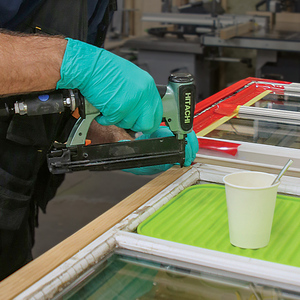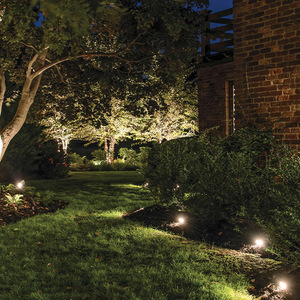*
It’s ok for epdm to come into contact with the stabilized asphalt found in most types of roofing. What you need to avoid are plasticized asphalt products. That is , products that are suspended in SOLVENTS. It’s the solvents that will do the harm.
Not all solvents will harm the membrane. For instance: The manufacture speced. unleaded gasoline as a suitable cleaner for seam prep., for years, before resorting to a product that carries their label.
Examples of products that will probably contain harmful solvents: tube tar, plastic roof cement, blind nail cement, emulsified roof coatings, flashing cement. All these contain some type of solvent. Its also important to understand that the solvents in these type of products will dissipate (?) after a period of time. So , in effect, you can allow some contact with the epdm membrane without adverse effect, after the solvent has flashed off. If the tar is hard, the solvent has probably evaporated, but, when in doubt, don’t.
The specs. on the epdm I’m familiar with state: that you are to install over some type of underlayment ( high density cellulose, foam, etc. ), the manufacturer of your membrane will be able to tell you more. I only utilize the proprietary products my manufacturer specs. to avoid any warranty issues.
Oh, by the way, I don’t know of any epdm producer that warrants ANYTHING that has to do with residential.
My experience is that epdm can get very expensive, especially for a smaller job. It’s not the membrane that is expensive, its all the crap you have to buy that is needed to complete the installation.
A lot of times, modified bitumen will produce a more cost effective, longer lasting membrane. I don’t like to use modified if there is a lot of combustible material nearby.
Blah, blah, blah, blah
Kim Talarsky



















Replies
*
It's ok for epdm to come into contact with the stabilized asphalt found in most types of roofing. What you need to avoid are plasticized asphalt products. That is , products that are suspended in SOLVENTS. It's the solvents that will do the harm.
Not all solvents will harm the membrane. For instance: The manufacture speced. unleaded gasoline as a suitable cleaner for seam prep., for years, before resorting to a product that carries their label.
Examples of products that will probably contain harmful solvents: tube tar, plastic roof cement, blind nail cement, emulsified roof coatings, flashing cement. All these contain some type of solvent. Its also important to understand that the solvents in these type of products will dissipate (?) after a period of time. So , in effect, you can allow some contact with the epdm membrane without adverse effect, after the solvent has flashed off. If the tar is hard, the solvent has probably evaporated, but, when in doubt, don't.
The specs. on the epdm I'm familiar with state: that you are to install over some type of underlayment ( high density cellulose, foam, etc. ), the manufacturer of your membrane will be able to tell you more. I only utilize the proprietary products my manufacturer specs. to avoid any warranty issues.
Oh, by the way, I don't know of any epdm producer that warrants ANYTHING that has to do with residential.
My experience is that epdm can get very expensive, especially for a smaller job. It's not the membrane that is expensive, its all the crap you have to buy that is needed to complete the installation.
A lot of times, modified bitumen will produce a more cost effective, longer lasting membrane. I don't like to use modified if there is a lot of combustible material nearby.
Blah, blah, blah, blah
Kim Talarsky
*
I have heard from plenty of sources that the rubber (EPDM) roof cannot be in contact with any asphalt product or the rubber will deteriorate. But the diagram from the manufacturer sure looks like they have no problem with the membrane being in contact with shingles when the flat roof connects to a sloped roof. So, can the membrane go beneath the shingles without intervening flashing?